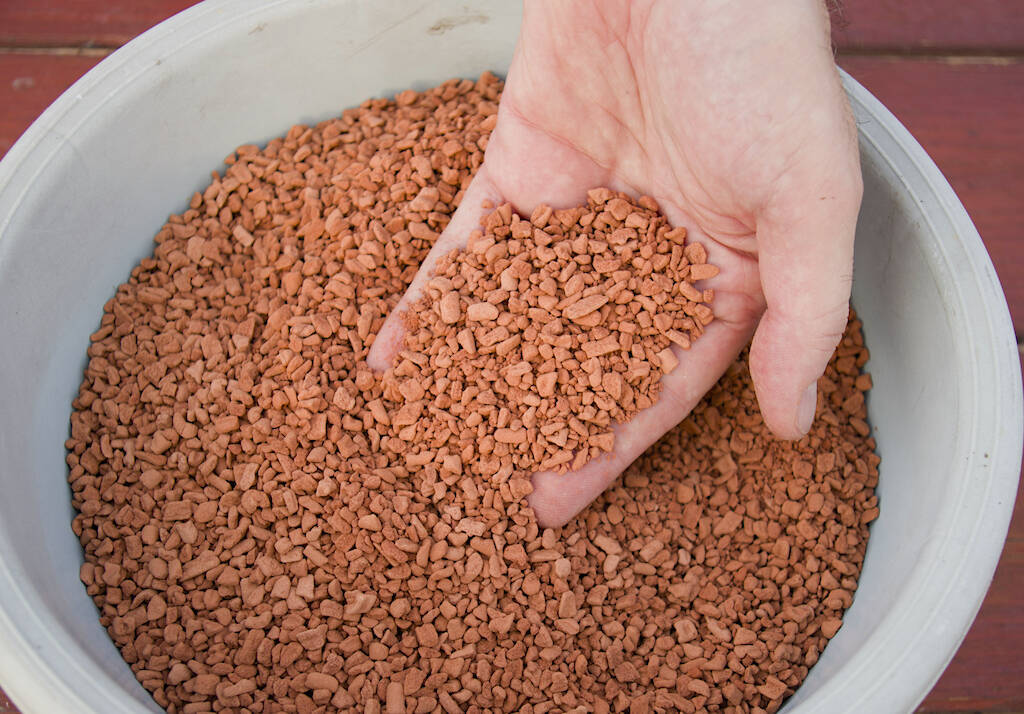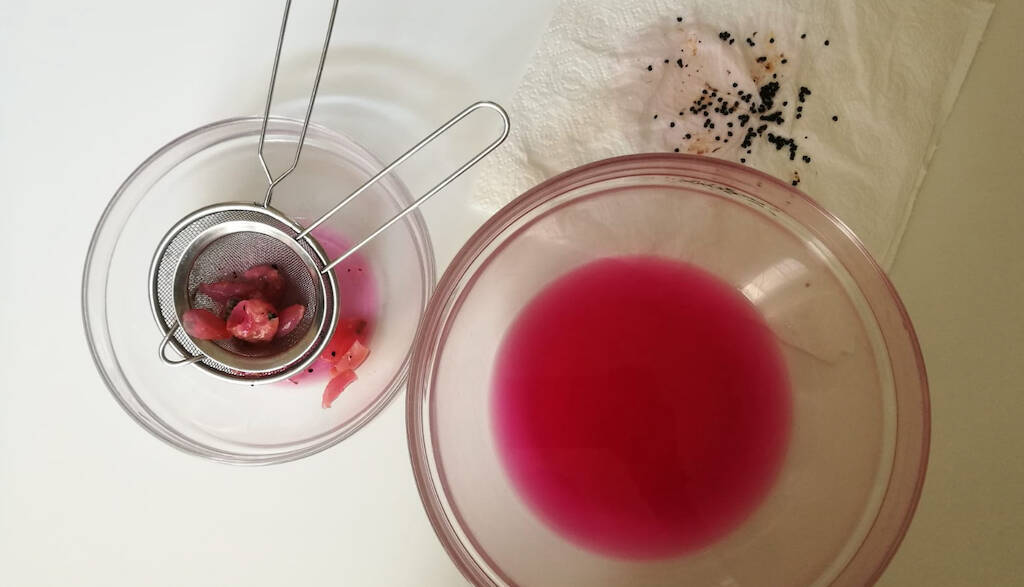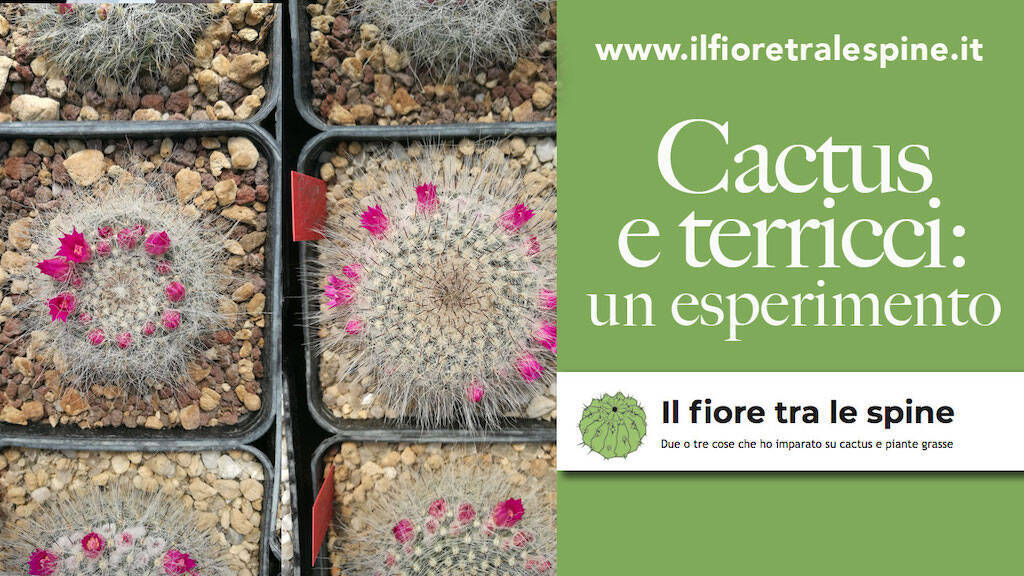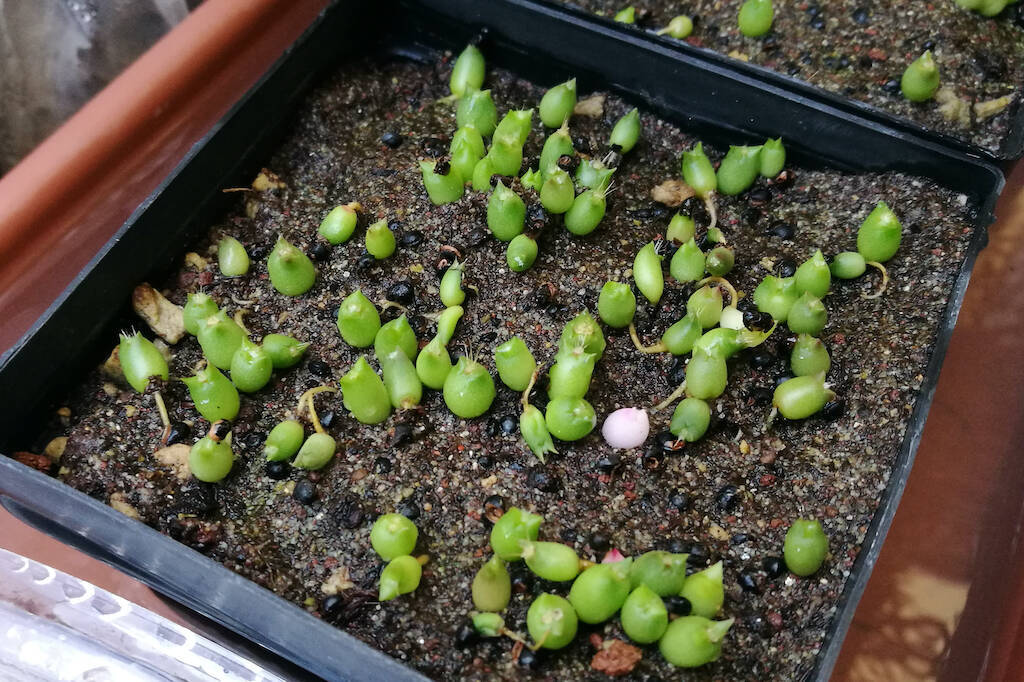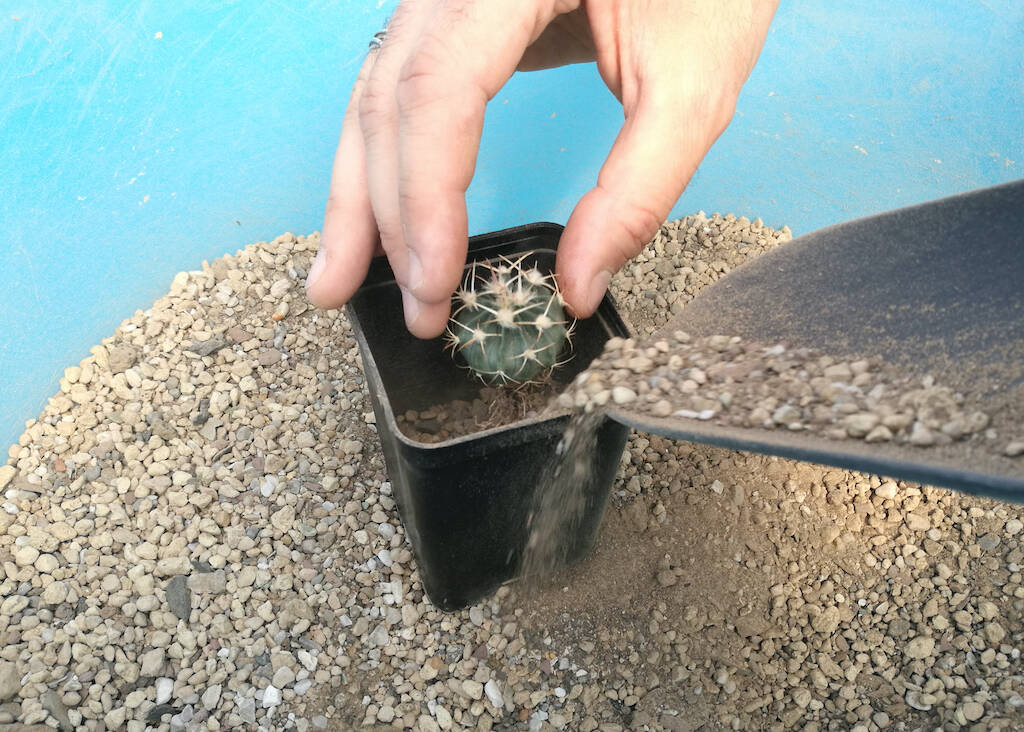Recently, on the social channels connected to the site, I published a short video in which I repot an Astrophytum asterias in a substrate composed solely of Seramis. Following that video, many asked me for information on this particular material with its characteristic orange colour, in fact little used in the cultivation of succulents and not easily available in small nurseries. I have had the opportunity to use Seramis in the past in the cultivation of some cactaceae and my experience has been decidedly positive (although, as a porous inert material, in my opinion pumice remains the best material ever) and it is also for this reason that I recently employed it for the Astrophytum subject of the video (video that you can also find at the end of this article).
Answering many questions received in recent weeks, let’s see in the following article what exactly Seramis is, what are the strengths and weaknesses of this material and what can be its use with succulents and, in particular, with cacti. (…)
Per proseguire nella lettura dell'articolo Accedi o Abbonati
To continue reading the article LogIn or Subscribe


